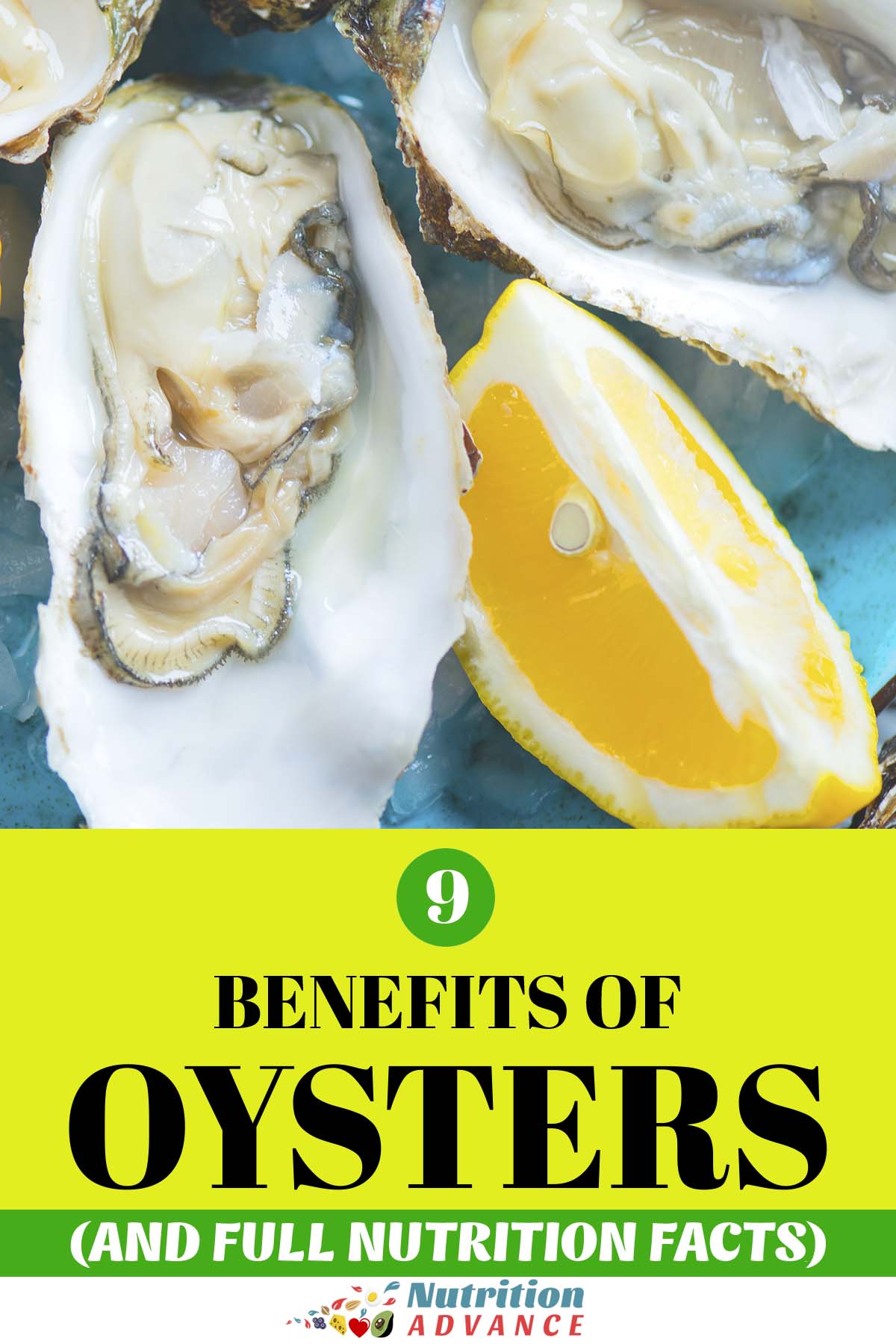
9 Health Benefits of Oysters (and Full Nutrition Facts)
Random Fun Facts About Oysters. Oysters spawn by releasing millions of eggs and sperm into the water. The world oyster-eating record is 233 oysters in 3 minutes. Oysters harvested during a red tide can be toxic to humans. Napoleon Bonaparte was known to eat oysters before going into battle.

A Guide To Understanding Oysters 1920 Tavern
While oysters are filter feeders themselves, many species of filter feeders, including sea nettles and anemones eat oyster larvae. The most interesting example is probably the boring sponge. It lives inside the oyster itself, secreting chemical compounds that slowly dissolve the shell of the oyster. Eventually, the boring sponge penetrates the.
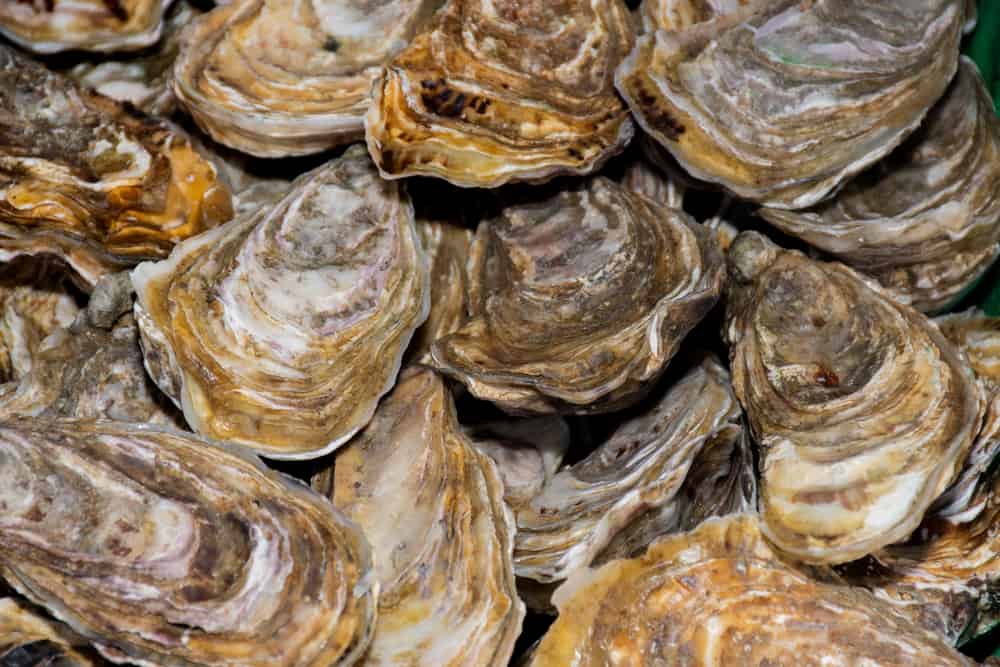
What Do Oysters Eat? (Diet & Facts)
Oysters typically feed on phytoplankton, zooplankton, and tiny bits of algae suspended in water. While they lack brains and eyes, they have a feeding system that is pretty efficient. They basically rely on the water flow to get food. When the water enters their body, it passes through the gills, which are covered in cilia, tiny hair-like.

Oysters One of the Most NutrientDense Foods in the World in 2020 Most nutritious foods, Most
Oysters feed by pumping water through their gills and in the process capture algae and other particles, sort of like a strainer. So by cleaning the water, oysters help maintain the balance of their ecosystems. Oysters change gender. Most start out male, but some change to female after they spawn once or twice.

How To Eat An Oyster A Beginner’s Guide
Oysters grown on the seafloor are most in danger from crabs. Using their claws, lobsters crush oysters to eat the meat inside. The lobsters locate the oysters by using their antennae to sense chemicals in the water. Oyster flatworms target oyster spat, consuming the meat of juvenile oysters as they pump their gills to feed.

Great Reasons To Eat Oysters Education Works Like Magic
Shells. Oyster shells are usually oval or pear-shaped, but will vary widely in form depending on what they attach to. They are generally whitish-gray in outer shell color, and their inside shell.

Microblog The Nutrition Facts of Pacific Oysters Nutrition with Judy
Supports Heart Health. Seafood is a heart-healthy choice, and that includes oysters. For adults, consuming 8 ounces of seafood per week is associated with a lower risk of heart disease. Seafood is a good source of lean protein and omega-3 fatty acids. Oysters even contain some potassium, which helps lower blood pressure.

What Do Oysters Eat? (Diet & Facts)
Oysters typically eat algae, bacteria, and other small organisms. These small organisms are known as "plankton.". Plankton is an important part of the marine food chain and provides a vital source of food for many different types of marine life. In the wild, oysters will often attach themselves to rocks or other hard surfaces.
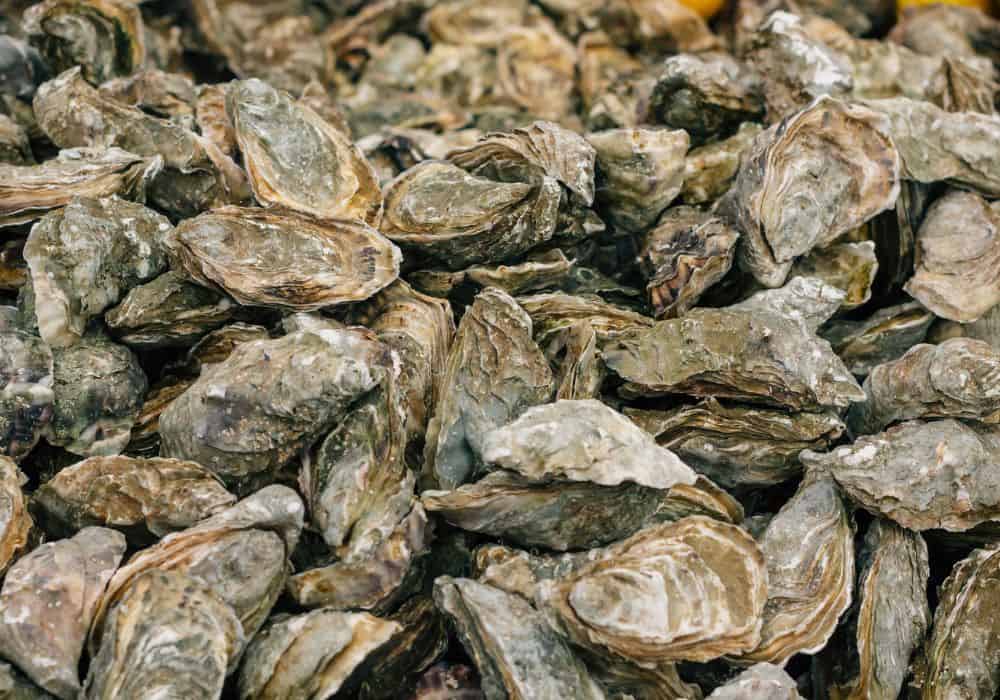
What Do Oysters Eat? (Diet & Facts)
Crabs. Seafood Combination. Exotic Seafood. Shellfish. Fish. Wholesale. Blog. Oysters are familiar seafood to many people, but very few know about oyster facts. So, what interesting facts do oysters have?

oystersinfo 2 Oysters, Seafood benefits, Food health benefits
Oysters have an incredible ability to actually 'clean' areas of water. They feed by filtering water over their gills, and some specifics filter up to 50 gallons of water a day. This time-lapse is a great example of their filtering abilities. Oyster diet determines their flavor, growth rates, seasonality, shell strength and even their color.

Oysters Nutritional Value Blog Dandk
2. Loosen the oyster from the shell. Westend61/getty images. First, use an oyster fork or another small utensil to gently lift the oyster from the shell, being careful not to spill any of the.

Eat oysters to boost your immune system Real food recipes, Oysters, Island creek oysters
Oysters may seem like a counterintuitive thing to eat, but humans have been eating them for a long time — in fact, since prehistoric times. A researcher from Arizona State University discovered shellfish and barnacles, along with primitive tools and other artifacts dating back around 164,000 years, in a seaside cave in South Africa, making this the earliest evidence of humans eating oysters.
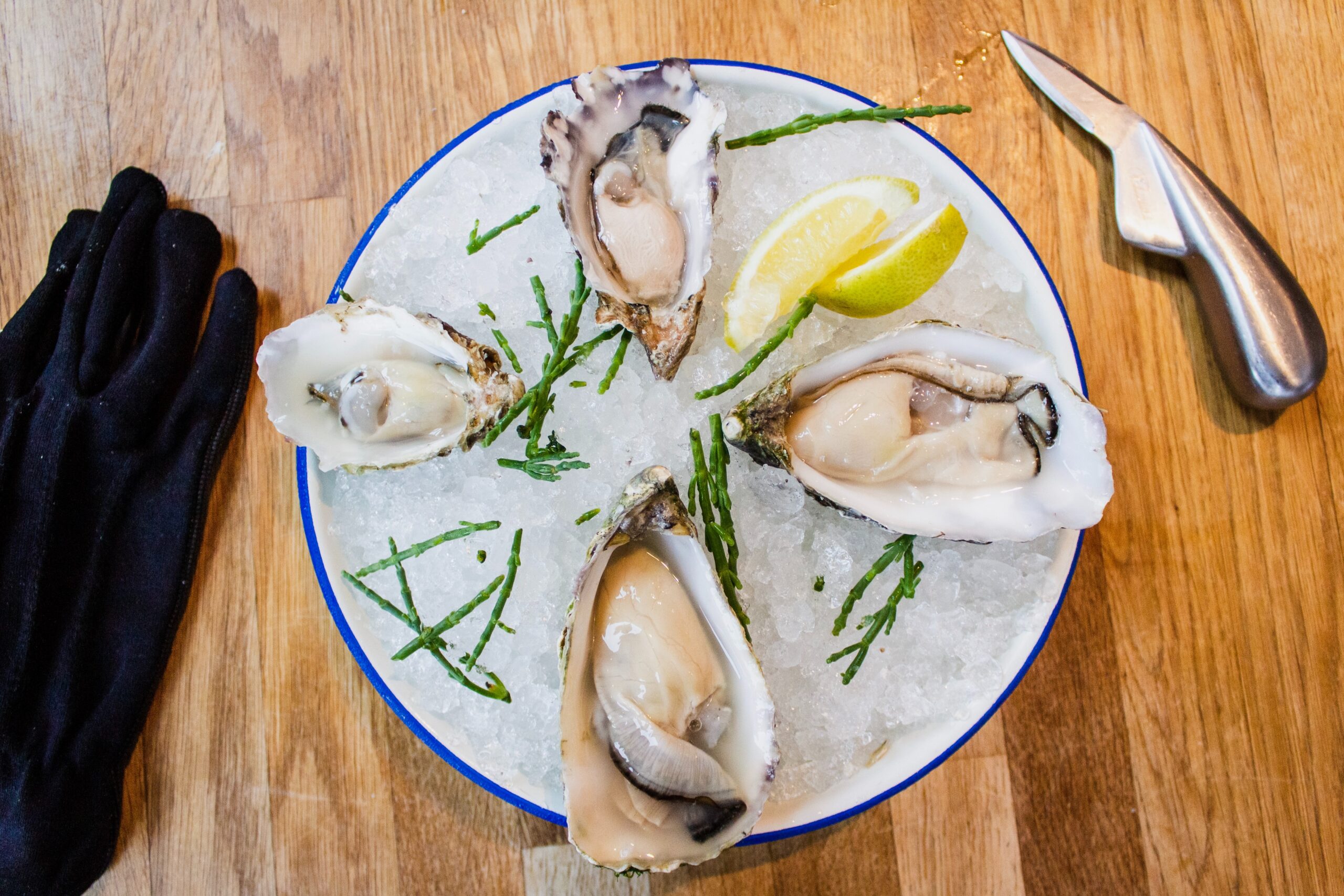
200 phenomenal facts about Oysters you should know about HowToEatOyster
Oysters eat zooplankton, algae, and other organic matter. Oysters eat algae, phytoplankton, and zooplankton. These omnivores consume plants and animals, though they do so in very small amounts. Oysters are unlike most creatures that live in the sea. They lack the means to hunt for food and they do not move much.

Oysters What Do They Taste Like and How to Eat Them
Oysters change flavors depending on their environment. You could eat an oyster on the West Coast, and it'd taste utterly different than oysters on the East Coast. Their textures also change from one place to the next. East coast oysters are famous for having silky meat, while West coast oysters have more creamy and custardy meat. Oysters on.
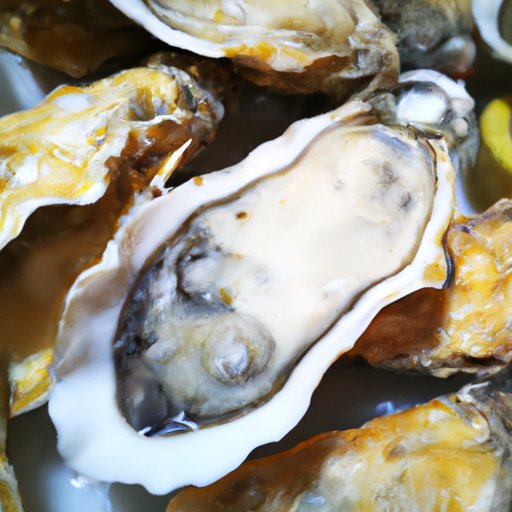
What Do Oysters Eat? A Comprehensive Guide to the Diet of Oysters The Enlightened Mindset
With such a large amount of B12, vitamin D, selenium, copper and zinc, including oysters in our diet can offer numerous benefits. Oysters have an excellent nutrition profile and numerous benefits. However, there are some concerns to be aware of too. Here is a full guide.
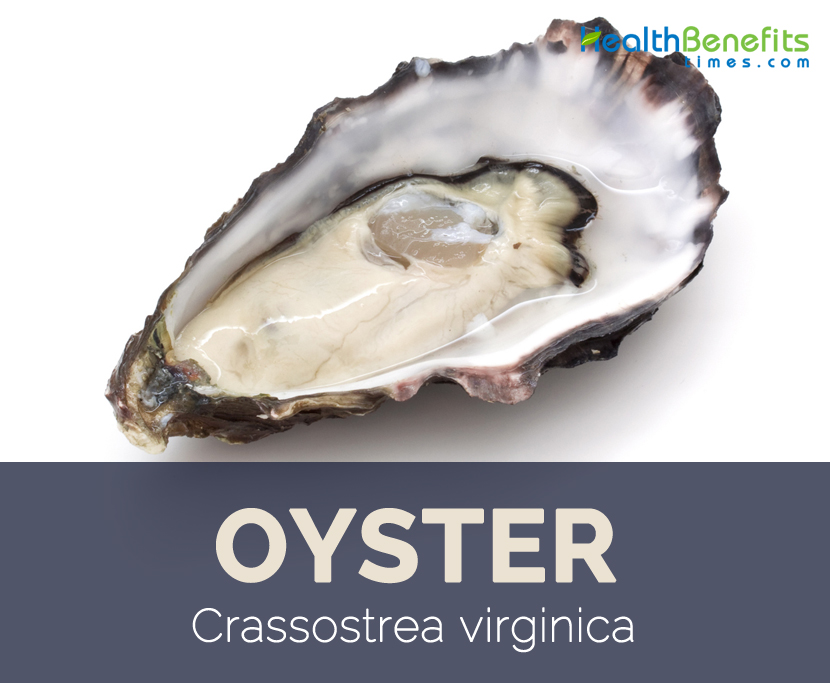
Oyster facts and health benefits
Oysters are a rich source of vitamin D, copper, zinc, and manganese. These micronutrients, in combination with calcium, are thought to be key to slowing or even preventing bone loss in older women.